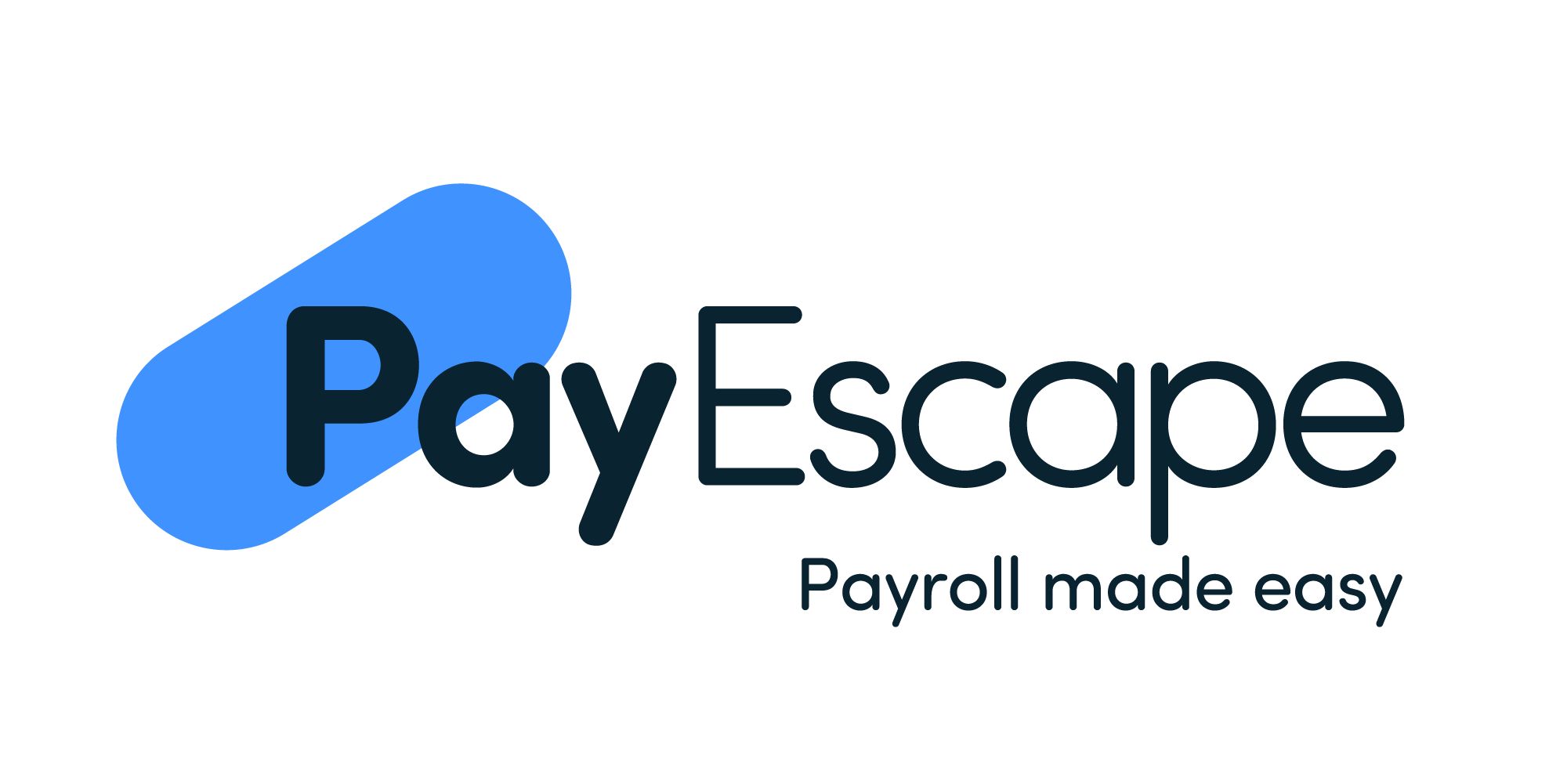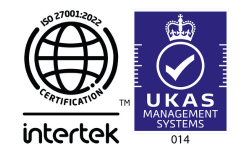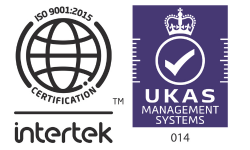Time and Attendance Software Goal Checklist
Implementing an effective time and attendance system is crucial for businesses looking to improve efficiency, reduce costs, and ensure compliance. Without a reliable solution, companies face challenges such as payroll inaccuracies, compliance risks, and administrative inefficiencies.
A well-structured time and attendance system provides real-time workforce visibility, automates complex pay rules, and integrates seamlessly with payroll and HR platforms.
Key goals for your time and attendance software

When setting goals for your time and attendance software, consider the following corporate objectives:
Decrease Overall Labour Costs
Managing employee time effectively helps reduce unnecessary labour expenses. Automated time tracking eliminates manual errors and prevents time theft, ensuring accurate payroll processing and cost control. Features such as automated overtime calculations, real-time tracking, and detailed reporting allow businesses to identify inefficiencies and make data-driven decisions to optimise labour costs.
Comply with Government Regulations
Accurate timekeeping is essential for adhering to labour laws and regulations, including working time directives, national minimum wage laws, and holiday entitlements. A modern system ensures audit trails, robust reporting capabilities, and automatic alerts for potential compliance violations, helping businesses avoid fines and legal issues.
Reduce Administrative Overhead
Manual data entry and paper-based time tracking create inefficiencies and increase the risk of errors. A streamlined system automates attendance tracking, reducing HR and payroll administrative burdens. By integrating with payroll and HR systems, it eliminates redundant processes, reduces manual corrections, and frees up HR teams for strategic tasks.
Find a Solution that Can Scale with Business Growth
As businesses grow, their workforce management needs to evolve. A scalable time and attendance system accommodates increasing employee numbers, new locations, and complex scheduling requirements. Cloud-based solutions offer flexibility, allowing businesses to add users, integrate with additional business tools, and adjust pay structures as needed without requiring major system overhauls.
Useful links:
- Best Practices for Time Keeping & Attendance
- Typical Problems in Time Management
- How to prevent time theft with Time and Attendance Software
- Time and Attendance Software: Avoiding Costly forced Upgrades
- The Benefits of Time and Attendance Software
Technology Goals
A robust time and attendance system must integrate seamlessly with existing business technology while ensuring security and efficiency.
Leverage the Company’s Existing IT Investment
The system should integrate with existing payroll, HR, and enterprise resource planning (ERP) systems to avoid redundant costs and ensure smooth data flow. Compatibility with current technology infrastructure helps businesses maximise their investment in IT resources and reduce the need for costly upgrades or replacements.
Interface with Payroll, HR, and ERP Systems
An effective time tracking system should sync with payroll and HR platforms, reducing manual intervention and ensuring seamless operations. This eliminates errors associated with data entry, ensures payroll accuracy, and simplifies HR processes such as leave management and employee benefits tracking.
Provide Accurate Management Reports
Data-driven decision-making requires precise reports on workforce trends, absenteeism, and labour costs. The right solution provides real-time insights, customisable reports, and predictive analytics to help managers optimise workforce efficiency, reduce absenteeism, and forecast labour needs.
Improve Data Security
Protecting employee data is critical. The system should include robust encryption, access controls, and compliance measures to safeguard sensitive information. Secure login features, role-based access control, and regular security updates help prevent unauthorised access and data breaches.
Reduce Time Spent on Time and Attendance Management
Automated time tracking minimises manual data entry and administrative tasks, allowing HR teams to focus on strategic initiatives. Features such as self-service portals for employees and automatic approval workflows further streamline the process.
Eliminate Redundant Data Entry
Integrated systems remove duplication of effort by capturing and sharing time-related data across platforms. This reduces errors, enhances accuracy, and ensures that employee records remain consistent across payroll, HR, and scheduling systems.
Apply Complex Pay Rules Consistently
A system that automates pay rules, including overtime calculations, shift differentials, and pay grades, ensures fairness and accuracy in payroll processing. Configurable rules allow businesses to enforce company policies and ensure compliance with labour laws without manual intervention.
Why It’s Time to Evaluate Your Timekeeping System
Outdated timekeeping methods result in inefficiencies, compliance risks, and increased operational costs. A cloud-based, integrated HCM solution streamlines time tracking, ensures accurate payroll processing, and enhances workforce visibility.
Reasons to Upgrade:
- Lower IT and administrative costs: Cloud-based systems reduce the need for expensive hardware and ongoing maintenance.
- Minimise regulatory compliance risks: Automatic tracking of work hours ensures adherence to labour laws and company policies.
- Benefit from automated software updates: Regular updates ensure that the system remains secure, compliant, and feature-rich.
- Improve workforce productivity: Real-time tracking and automated processes free up management time for strategic tasks.
- Scale efficiently with business growth: A flexible system can adapt to changing workforce demands and operational complexities.
Human Capital Management with PayEscape
PayEscape’s HCM solution provides an integrated platform for time and attendance, payroll, and HR, ensuring accurate data management and compliance. Investing in a modern time and attendance system ensures compliance, reduces costs, and improves overall business efficiency. PayEscape’s HCM solution offers the reliability, integration, and scalability needed to meet today’s workforce management demands.
















